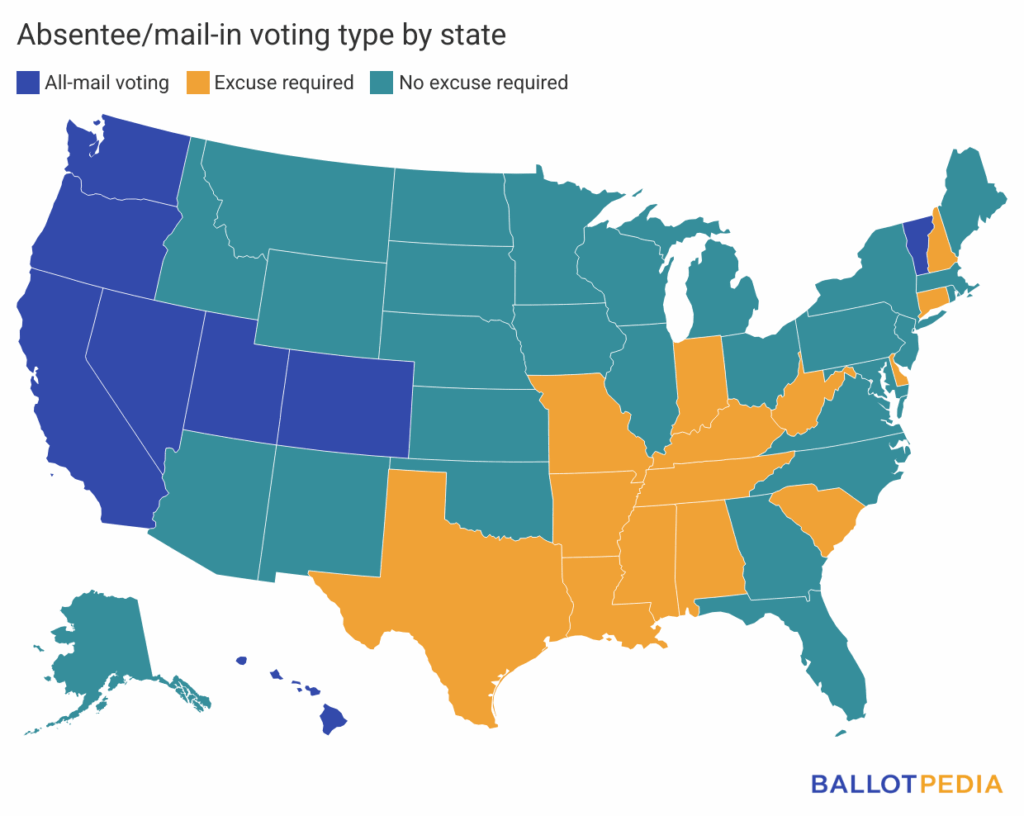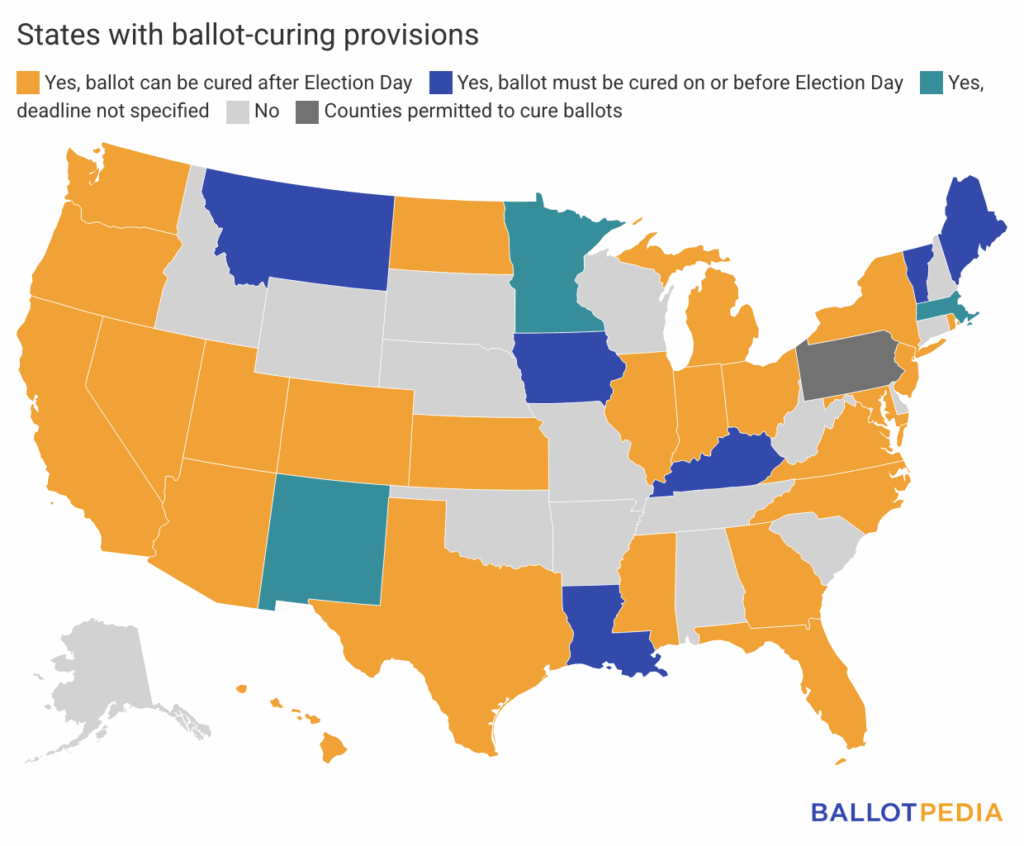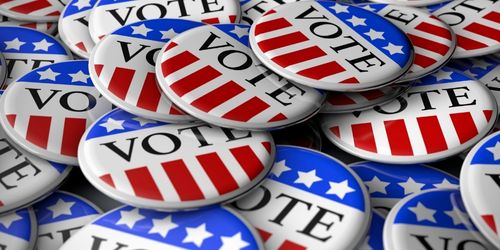On Tuesday, Nov. 4, Maine voters defeated Question 1, which would have changed the state's absentee voting laws, limited ballot drop boxes, and required voter ID for individuals voting both in person and by absentee ballot. As of 12 p.m. EST on Nov. 5, the vote was 63.5%-36.5%, with 89% of votes in.
While Mainers rejected Question 1, lawmakers enacted three bills modifying the state’s absentee voting policies earlier this year, making Maine one of 23 states to amend its absentee/mail-in voting laws so far in 2025.
Maine lawmakers approved laws creating an alternative method of absentee/mail-in voting for mental health residential facilities or facilities serving individuals with intellectual disabilities, requiring a study on the possibility of providing digital access to local absentee ballots for uniformed service voters or overseas voters, and changing the timeframe for in-person absentee/mail-in voting in a clerk’s office.
So far this year, state legislators have introduced 413 bills related to absentee/mail-in voting. Forty-three bills in 23 states have become law. Three states — Kansas, North Dakota, and Utah — moved up the deadline by which election officials must receive absentee/mail-in ballots in order for them to be counted. Two states, New Hampshire and Utah, passed new requirements for voters to present identification or provide an identification number when voting or requesting an absentee/mail-in ballot.
Eighteen states adopted 31 laws related to absentee/mail-in voting in 2024. Thirty-four states adopted 67 such laws in 2023. Twenty states adopted 38 such laws in 2022.
Forty-two states require voters to initiate the process of requesting an absentee/mail-in ballot. Of those, one state, Massachusetts, mails each eligible voter a request form. These 42 states can be divided into two groups: states that require voters to meet specific criteria to vote by mail, and those that don’t.
Fourteen states require voters to provide a valid excuse to vote by mail. Acceptable excuses vary by state but can include illness, disability, or a voter being absent from their polling location on Election Day. Twenty-eight states allow any eligible voter to cast an absentee/mail-in ballot.
Eight states and the District of Columbia have automatic mail-in ballot systems, also known as all-mail voting, where every eligible voter is mailed an absentee/mail-in ballot. While in-person voting is still offered in those states, the primary method of voting is by mail. Vermont uses all-mail voting only in general elections.

States also vary in how they handle ballots that don’t meet verification requirements.
All 50 states require voters to sign their absentee/mail-in ballot return envelopes. In the event of a missing signature or a discrepancy in signature matching, some states require officials to notify voters and allow them to correct signature errors through a process called ballot curing. In states that do not have a ballot curing process, ballots returned without signatures — or, in states that conduct signature matching, with mismatched signatures — are not counted.
Thirty-three states require ballot curing, while Pennsylvania allows counties to cure ballots but does not require it. Thirteen states with Democratic trifectas, 11 states with Republican trifectas, and nine states with divided governments have ballot curing provisions.
Twenty-four states explicitly allow voters to cure their ballots after Election Day, six states require that curing take place on or before Election Day, and three states don’t specify a set deadline for curing.

In 2025, legislators introduced 48 bills related to ballot curing. Eight bills in six states have become law. Four states adopted five laws related to cure provisions in 2024. Nine states adopted 11 such laws in 2023. Three states adopted four such laws in 2022.
To learn more about legislation related to absentee/mail-in voting and cure provisions, check out Ballotpedia’s Election Administration Legislation Tracker.
Additional reading:


